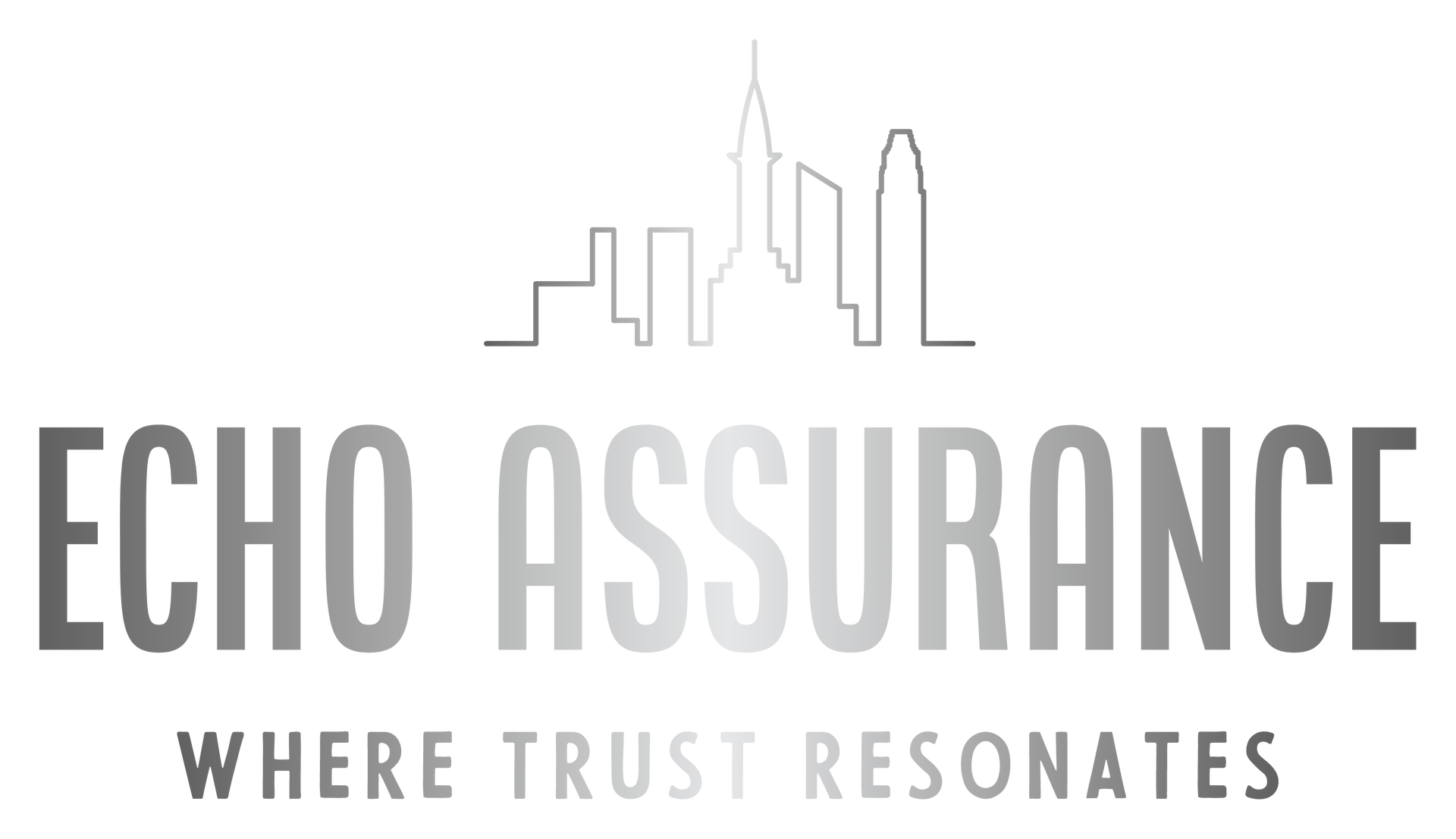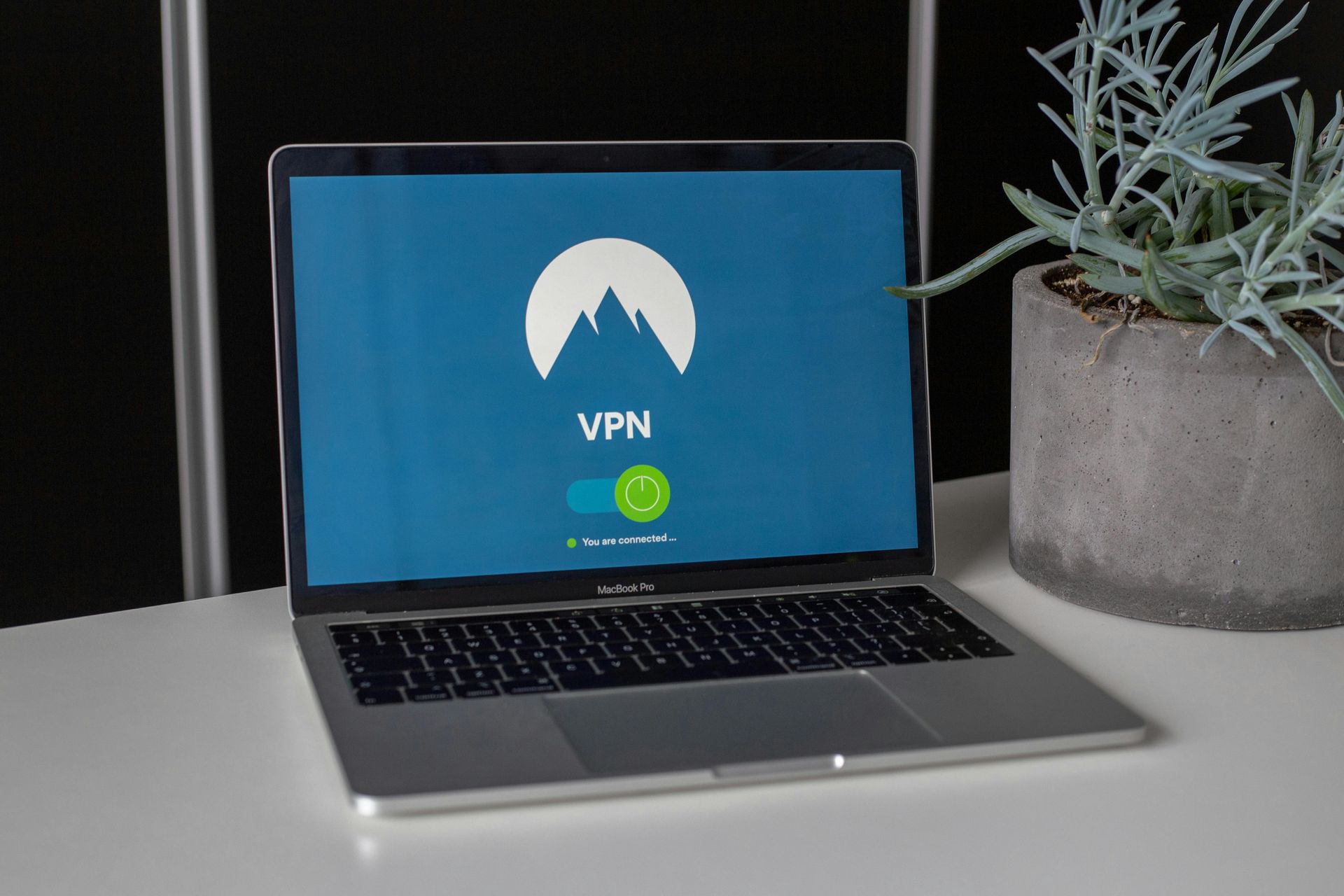4800 Meadows Rd
Suite 300
Lake Oswego, OR 97035
Ph: 218.450.4178


In today's digital age, senior living operators face an unprecedented challenge: protecting their residents, staff, and operations from the ever-growing threat of cyberattacks. As we dive into this critical issue, let's explore the current state of cyber risk, the insurance landscape, and most importantly, what you can do to safeguard your facility.
The Cyber Threat Landscape: A Wake-Up Call
The statistics are sobering. According to recent data, the global cost of cybercrime is projected to skyrocket to nearly $24 trillion by 2027, up from $8.5 trillion in 2022. This isn't just a problem for tech giants or financial institutions – it's a clear and present danger for senior living facilities of all sizes.
Why? Because healthcare data is a goldmine for cybercriminals. Personal health information, financial records, and the sensitive nature of your operations make senior living facilities prime targets. And here's the kicker: 87% of global decision-makers believe their organizations are inadequately shielded against cyberattacks.
The Cyber Insurance Gap: A $0.9 Trillion Problem
Now, you might be thinking, "That's why we have insurance." But here's where things get tricky. Despite the growing cyber insurance market, estimated at $14 billion in gross written premiums in 2023, there's a massive protection gap. The chasm between insured losses and economic losses due to cyberattacks is estimated at a staggering $0.9 trillion – that's 99% of economic losses going uninsured.
This gap is particularly concerning for small and medium-sized businesses (SMBs), including many senior living facilities. There's a worrying trend of SMBs being uninsured or underinsured against cyber risks.
Understanding the Cyber Risk Spectrum
To effectively protect your facility, it's crucial to understand the spectrum of cyber risks:
The Role of Cyber Insurance
Cyber insurance plays a vital role in managing the first two categories of risk. However, it's important to understand its limitations. Most policies have exclusions for acts of war or attacks on critical infrastructure. This means that in the event of a state-sponsored attack or a cyber incident that cascades into a larger crisis, your policy might not provide coverage.
Strengthening Your Cyber Resilience: A Three-Pronged Approach
Given this complex landscape, how can senior living operators protect themselves? Let's break it down into three key areas:
1. Enhance Your Cyber Hygiene
2. Leverage Insurance and Risk Transfer
3. Engage in Public-Private Partnerships
The Frontier of Cyber Risk: What's Next?
As we look to the future, several trends are shaping the cyber risk landscape:
Actionable Steps for Senior Living Operators
Conclusion: Resilience in the Face of Cyber Threats
The cyber risk landscape for senior living operators is complex and ever-changing. While the challenges are significant, they're not insurmountable. By taking a proactive approach to cybersecurity, leveraging appropriate insurance coverage, and engaging in broader resilience efforts, you can significantly reduce your risk exposure.
Remember, cybersecurity is not just an IT issue – it's a business imperative that requires attention at all levels of your organization. Your residents trust you with their care, their data, and often their life savings. Protecting that trust means taking cyber risks seriously and investing in comprehensive protection strategies.
The road ahead may be challenging, but with the right approach, senior living operators can navigate the cyber risk landscape successfully, ensuring the safety and security of their residents, staff, and operations in our increasingly digital world.
Stay vigilant, stay informed, and stay secure.